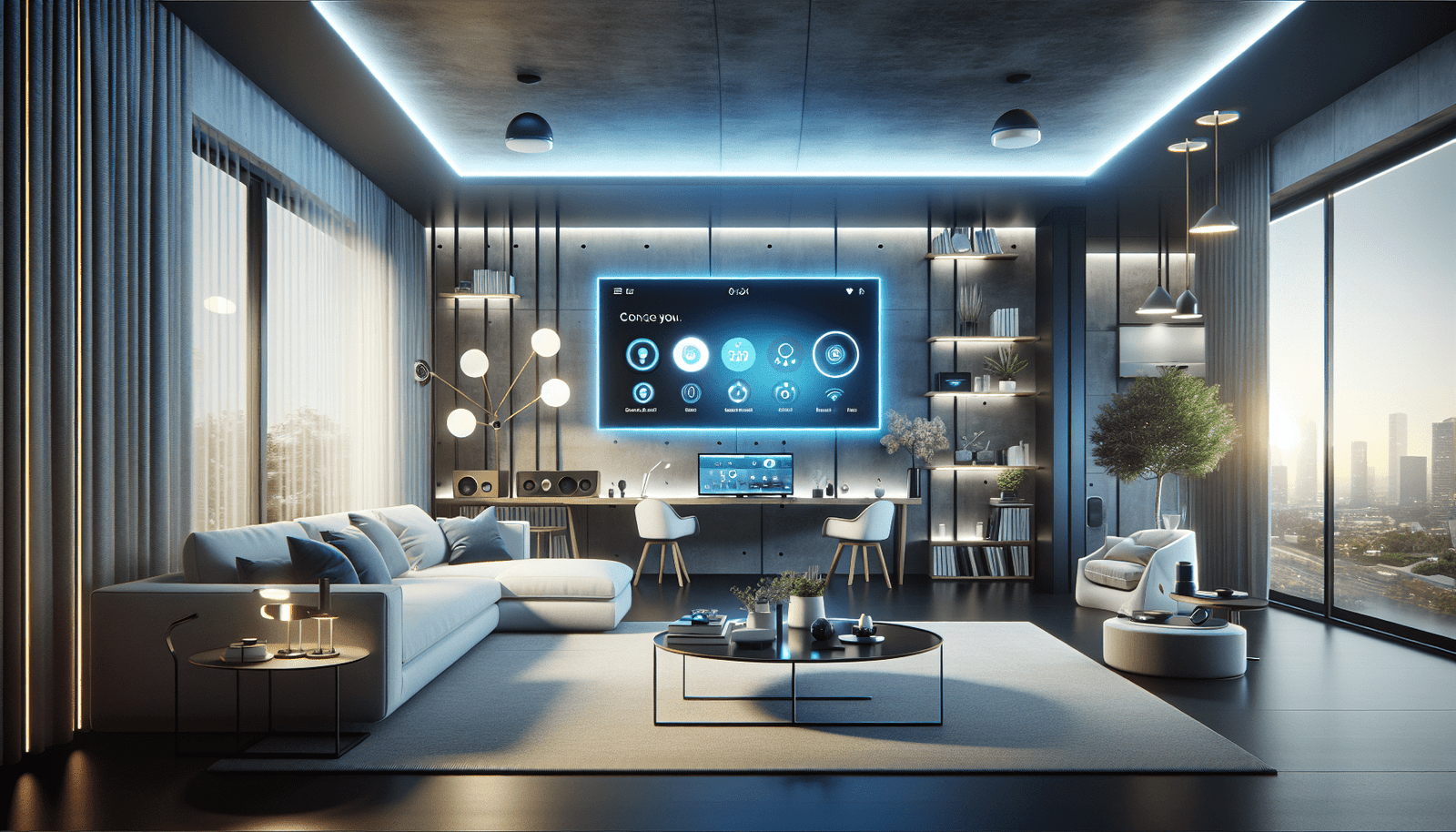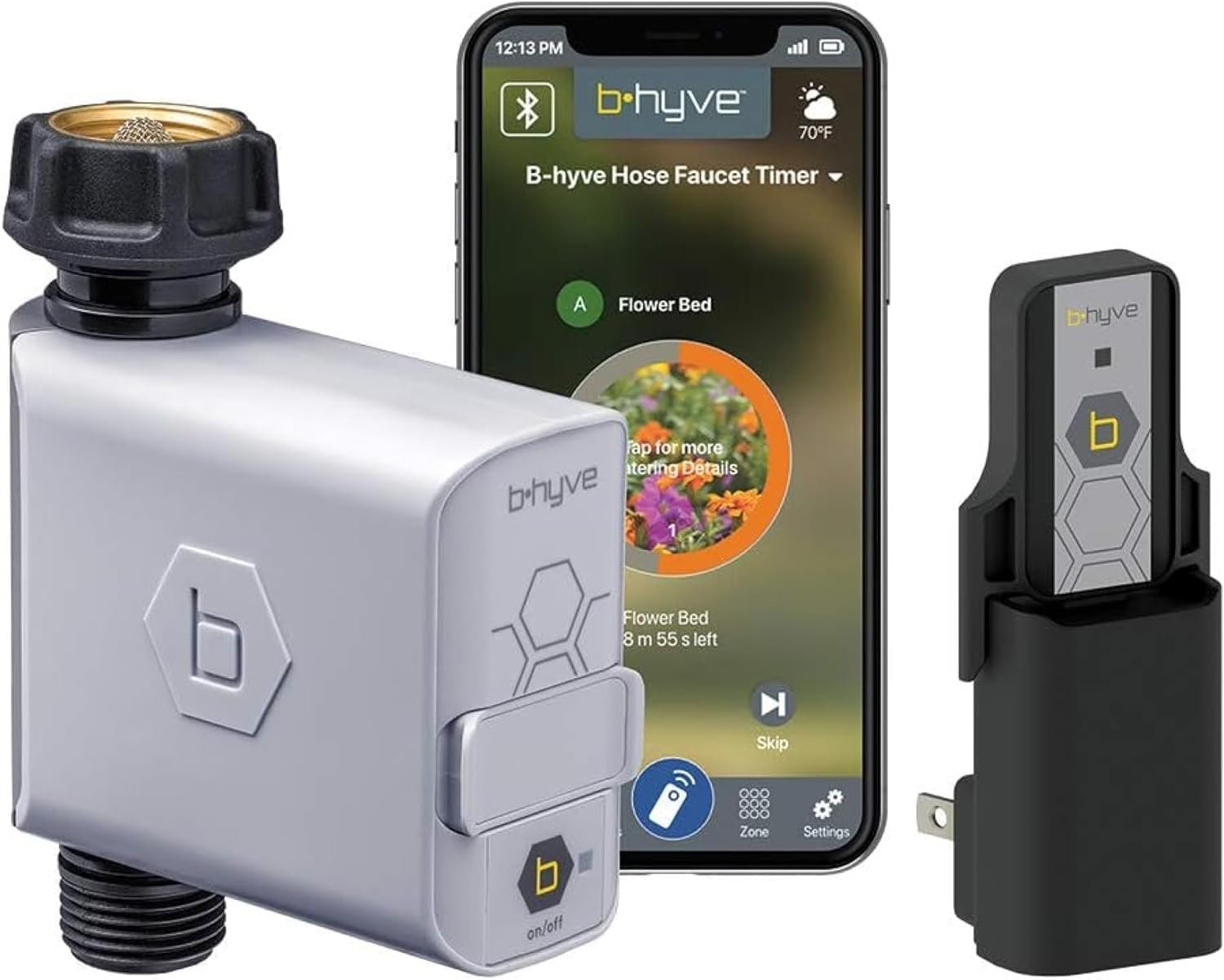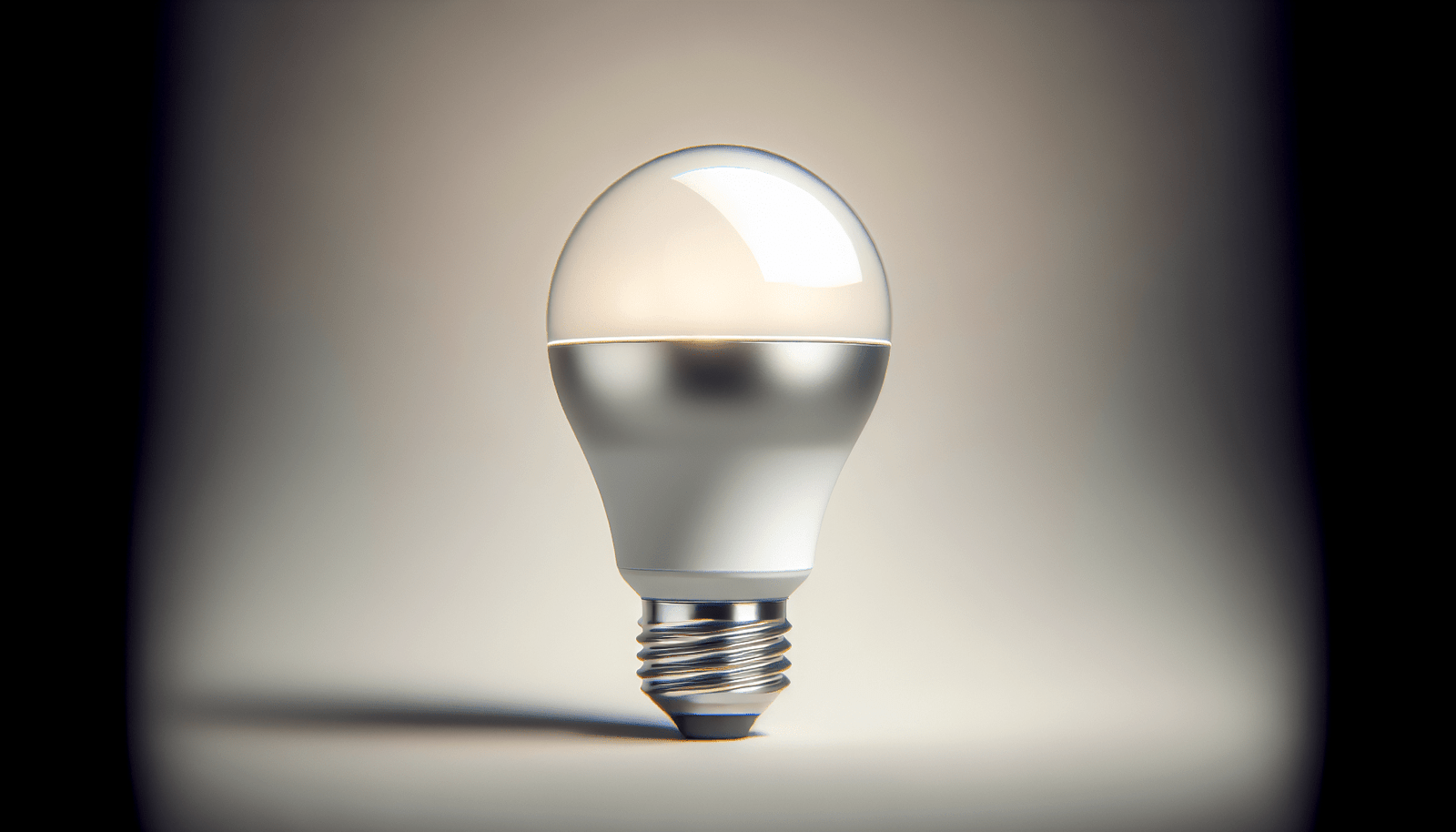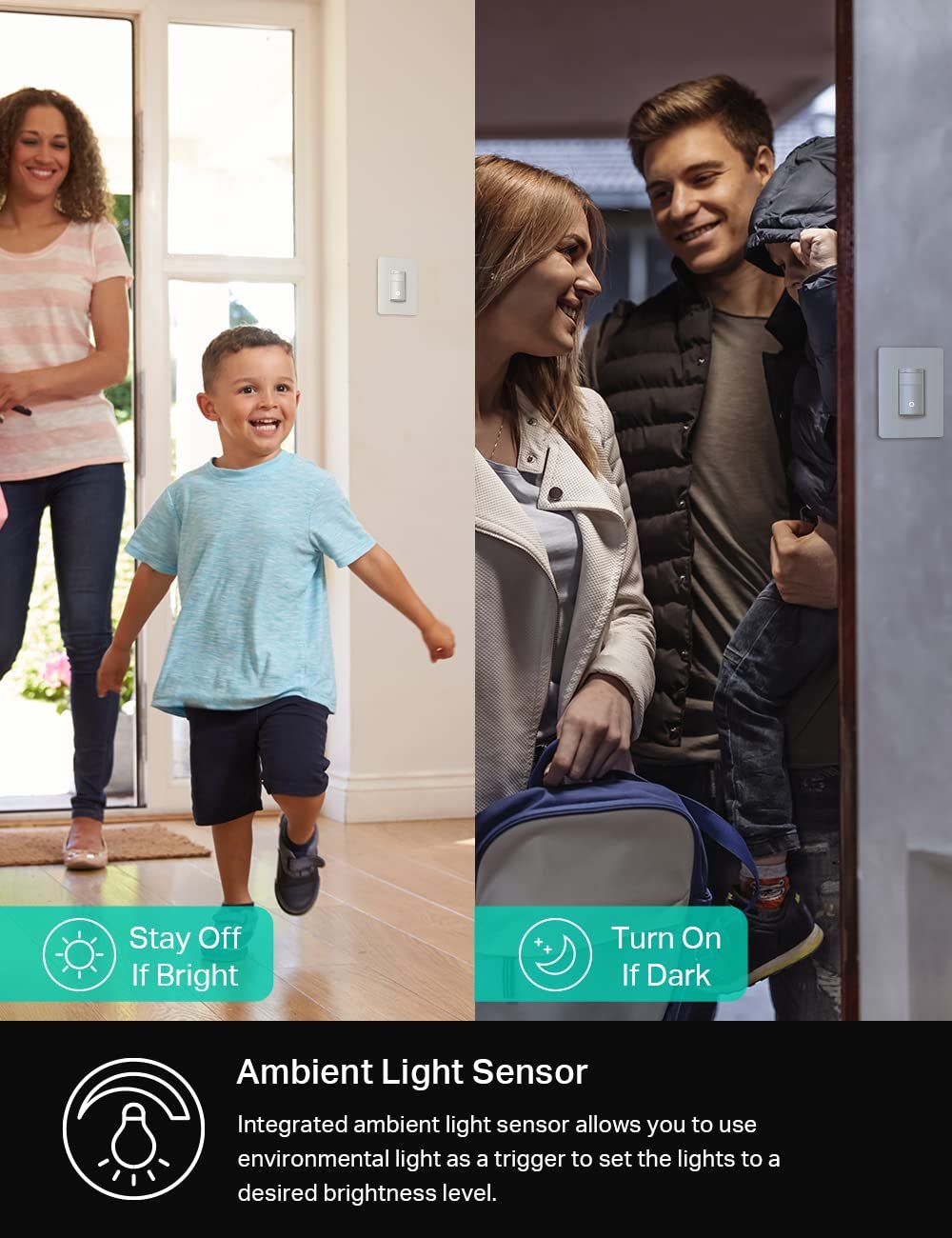Have you ever wondered how much more convenient and efficient your life could be with the power of smart home technology? Transforming your living space into a fully automated smart home might sound like a scene from a sci-fi movie, but with today’s technology, it is more accessible and practical than ever. Let’s explore what it takes to build a smart home that suits your lifestyle, enhances your comfort, and adds value to your property.
Understanding Smart Home Technology
Smart home technology refers to the integration of devices and systems in your home that can be managed and controlled via your smartphone, computer, or voice commands. These devices communicate over Wi-Fi, Bluetooth, or specific smart home protocols to enhance living convenience and efficiency. From smart lights to intelligent thermostats and security systems, the options are vast.
Key Components of a Smart Home
Your journey to a smarter home begins with understanding the essential components involved:
- Smart Hubs: The central point that connects all your devices, serving as a brain that controls your smart ecosystem.
- Smart Devices: These include lights, thermostats, locks, and more that can perform specific tasks automatically or through manual control.
- Voice Assistants: Devices like Amazon Alexa or Google Assistant allow voice control of your smart home systems.
Each of these plays a crucial role in ensuring seamless communication and functionality in your automated environment.
Cost and Value Considerations
Investing in smart home technology requires an understanding of both upfront costs and long-term benefits. While initial costs can be significant, the potential savings and increased property value often justify the investment.
Initial Costs
Smart devices range in price based on brand, features, and technology. Here’s a snapshot of typical costs:
| Device Type | Low-End Cost | High-End Cost |
|---|---|---|
| Smart Hubs | $50 | $300 |
| Smart Lights | $10/bulb | $60/bulb |
| Smart Thermostats | $100 | $500 |
| Security Cameras | $50 | $300 |
Long-Term Savings
Over time, smart homes can lead to significant savings:
- Energy Efficiency: Smart thermostats and lights contribute to lower utility bills.
- Maintenance Costs: Remote diagnostics and alerts can preemptively address issues, reducing repair costs.
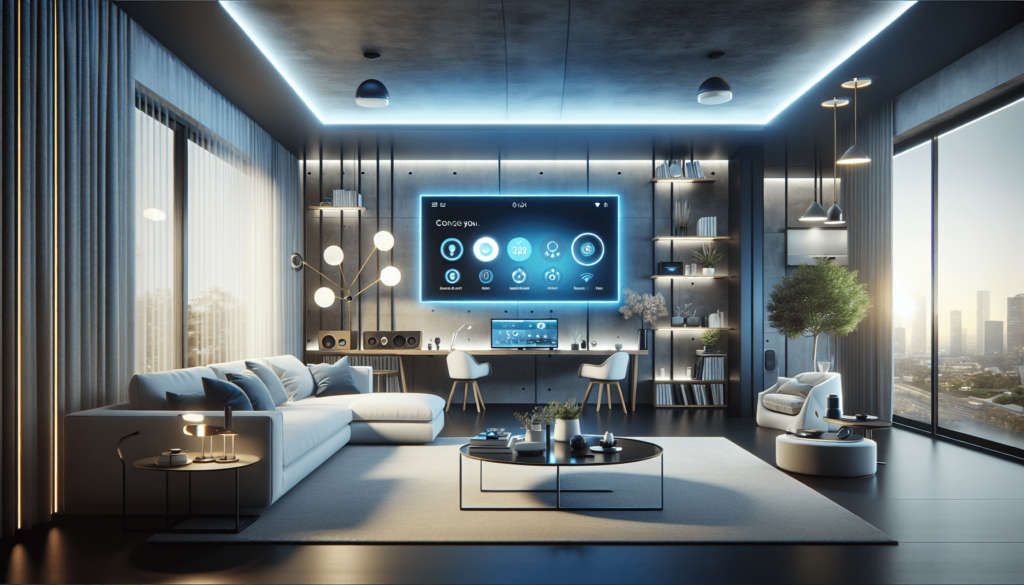
Comparing Smart Home Devices
Choosing the right devices is critical for a successful setup. Consider factors such as compatibility, user-friendliness, and functionality when comparing options.
Smart Lighting and Climate Control
Smart lighting not only offers convenient control but also customization options like color and intensity adjustments. Similarly, smart thermostats learn your preferences to optimize heating and cooling.
Home Security Systems
Modern smart security systems feature smart locks, cameras, and doorbells, all controllable from your phone. They offer real-time alerts and the ability to remotely manage security settings.
Practical Setup Guides
Whether opting for DIY installation or professional help, setting up your smart home requires specific steps to ensure all devices are properly integrated and functioning.
Step-by-Step Installation
- Choose Your Smart Hub: Select a hub compatible with the devices you want to integrate.
- Configure Network: Ensure strong Wi-Fi coverage to support device connectivity.
- Install Devices: Follow manufacturer instructions, typically involving app setup and device pairing.
- Automate Routines: Use apps to set routines, such as automated lighting schedules.
Integration Tips
- Ensure Compatibility: Check that new devices can communicate with your hub or assistant.
- Label Devices: This simplifies control and management, especially in households with many devices.
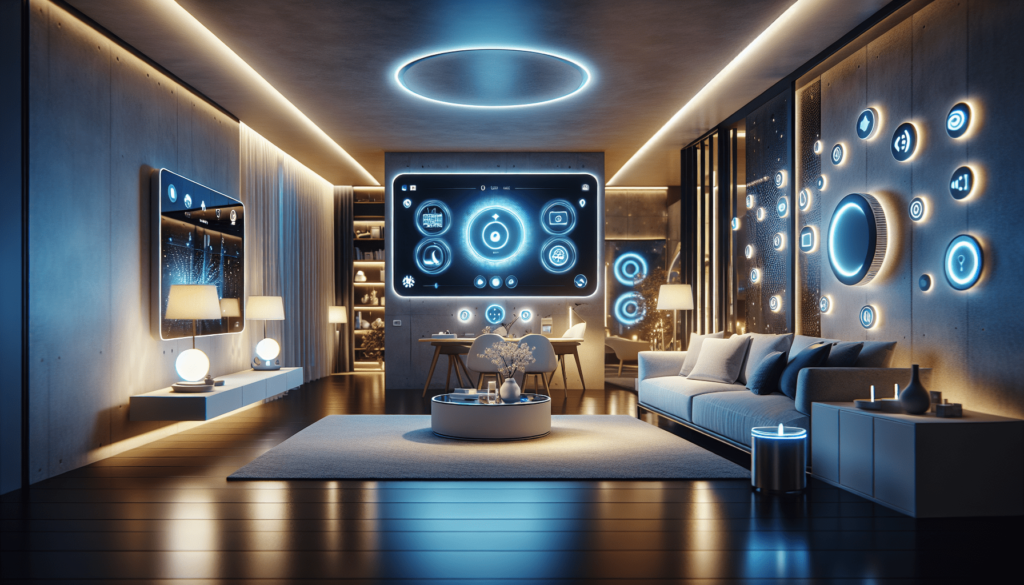
Security and Privacy Factors
Adopting smart technology requires a focus on security and privacy. With greater connectivity comes the potential for unauthorized access.
Risks and Best Practices
- Device Encryption: Opt for devices with robust encryption standards.
- Password Management: Use strong, unique passwords and change them regularly.
- Regular Updates: Keep all your devices’ firmware up to date to protect against vulnerabilities.
Energy Efficiency and Sustainability
Smart home devices are not only about convenience but also sustainability. They help reduce energy consumption and promote eco-friendly living.
How Smart Devices Help
- Automated Lighting: Automatically turns off lights when not in use.
- Intelligent Thermostats: Regulates temperature efficiently, using less energy.
Energy-efficient homes not only reduce your carbon footprint but also align with global sustainability efforts.
Compatibility and Connectivity
Creating a coherent smart home setup requires devices that communicate harmoniously with various platforms and assistants.
Platforms and Protocols
- Wi-Fi and Bluetooth: Widely used for device communication, though coverage and pairing limits exist.
- Zigbee and Z-Wave: Protocols offering low-power usage and long-range connectivity.
Choosing compatible devices ensures functionality and ease of use within your smart ecosystem.
Future-Proofing and Innovation
With technology continuously evolving, ensuring your smart home remains ahead of the curve is essential for long-term utility.
Emerging Trends
- AI Integration: Artificial intelligence is making devices smarter and more autonomous.
- Sustainable Tech Developments: More devices are now designed with sustainability in mind.
Staying informed about technological advancements helps you make cutting-edge choices that extend your smart home’s lifespan.
Conclusion
Building a fully automated smart home involves more than just purchasing a few gadgets; it’s about creating a seamless living space that’s more efficient, comfortable, and secure. By understanding the components, costs, and installation processes, you can make informed decisions that fit your needs and budget. Remember, the ultimate goal is to enhance your lifestyle with technology that empowers you rather than complicates your routine. As you continue on your smart home journey, stay curious about new innovations and mindful of practices that protect and conserve your resources.
